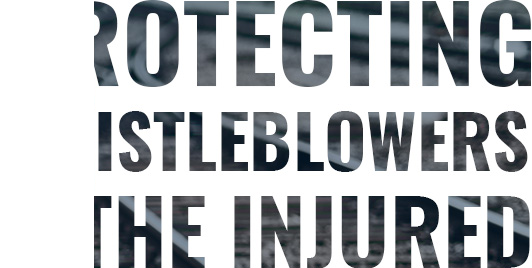In April 2016, people across Connecticut and the United State were shocked when an Amtrak train traveling at high speeds southbound in Philadelphia slammed into construction equipment on the tracks, leaving two track workers dead and more than 39 people wounded. The National Transportation Safety Board, or NTSB, recommended that Amtrak needed to slow its trains down when traveling past construction zones. The passenger train service reportedly failed to heed the advice and didn’t respond to the safety recommendations.
Just two years later in April 2018, a similar accident occurred in Bowie, Maryland, leaving one Amtrak watchman dead. No passengers were injured in the incident. Though no work zone signs were posted at the site of the incident, the train was traveling at a high rate of speed. Investigators are currently determining the role that speed played in the incident.
Since December 2017, at least four fatal accidents have occurred that involved Amtrak. Though Amtrak says new procedures have been implemented since the 2016 crash, the NTSB says it has uncovered widespread safety issues that still haven’t been addressed. Most railroad accidents that involve workers typically happen at slower speeds. According to officials, the high-speed crashes are indicative of safety concerns.
An employee who was killed or injured at work due to gross negligence of their employer may be entitled to compensation for loss of wages, medical expenses and pain and suffering. While workers compensation claims sometimes lead to appropriate compensation, it is possible for a civil suit to be filed against the employer for personal injury or wrongful death. These payouts are typically larger because workers compensation has a cap in most states. In the case of workplace injuries suffered by Amtrak’s employees, a lawyer might file a suit against the rail company. Evidence from the NTSB investigation may be presented as proof of gross negligence along with witness testimonies.

